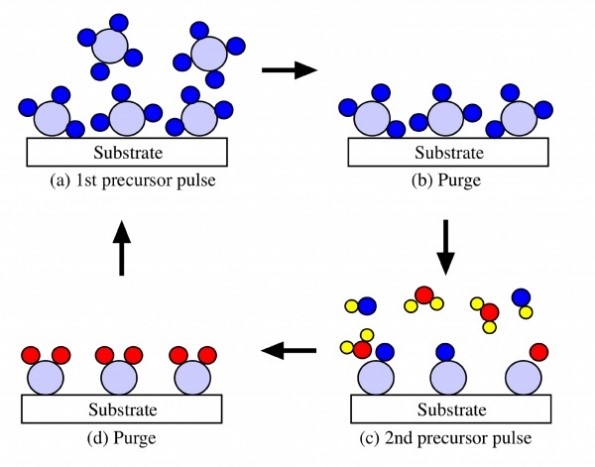Applications of Atomic Layer Deposition in Automation: A Review
Keywords:
Atomic layer deposition (ALD), MEMS fabrication, Sensors and actuators, Solar cells Integrated circuits, Wear-resistant coatings, AutomationAbstract
The This study investigated the potential applications of atomic layer deposition (ALD) in automation. The results of the study revealed that ALD has several potential applications in the field of automation, including MEMS fabrication, sensors and actuators, solar cells, integrated circuits, and wear-resistant coatings. The study found that ALD can be used to deposit thin films of materials such as silicon dioxide, titanium nitride, zinc oxide, silicon, cadmium telluride, aluminum oxide, hafnium oxide, titanium nitride, and tungsten carbide, which are commonly used in these applications. In MEMS fabrication, ALD can be used to deposit thin films of materials that are commonly used in the fabrication of MEMS devices, such as silicon dioxide and titanium nitride. These materials can be deposited with a high level of precision and control, which is essential for the fabrication of miniature devices that combine electrical and mechanical components on a single chip. ALD can be used to deposit thin films of materials such as zinc oxide, which is commonly used in gas sensors. These materials can be deposited with a high level of precision and control, which is essential for the fabrication of devices that detect and respond to changes in their environment. In solar cells, ALD can be used to deposit thin films of materials such as silicon and cadmium telluride, which are commonly used in solar cells. ALD can also be used to deposit thin films of metal oxides, which are used as transparent conductive coatings in solar cells. In the fabrication of integrated circuits, ALD can be used to deposit thin films of materials such as aluminum oxide and hafnium oxide, which are commonly used in the fabrication of integrated circuits. These materials can be deposited with a high level of precision and control, which is essential for the fabrication of complex electronic devices. ALD can be used In industrial applications to deposit thin films of materials such as titanium nitride and tungsten carbide, which are commonly used as wear-resistant coatings. These materials can be deposited with a high level of precision and control, which is essential for the fabrication of durable and long-lasting industrial coatings. This study demonstrate that ALD has significant potential for use in the field of automation, with applications ranging from MEMS fabrication to wear-resistant coatings.

Downloads
Published
How to Cite
Issue
Section
License
Copyright (c) 2019 International Journal of Intelligent Automation and Computing

This work is licensed under a Creative Commons Attribution-NonCommercial 4.0 International License.
